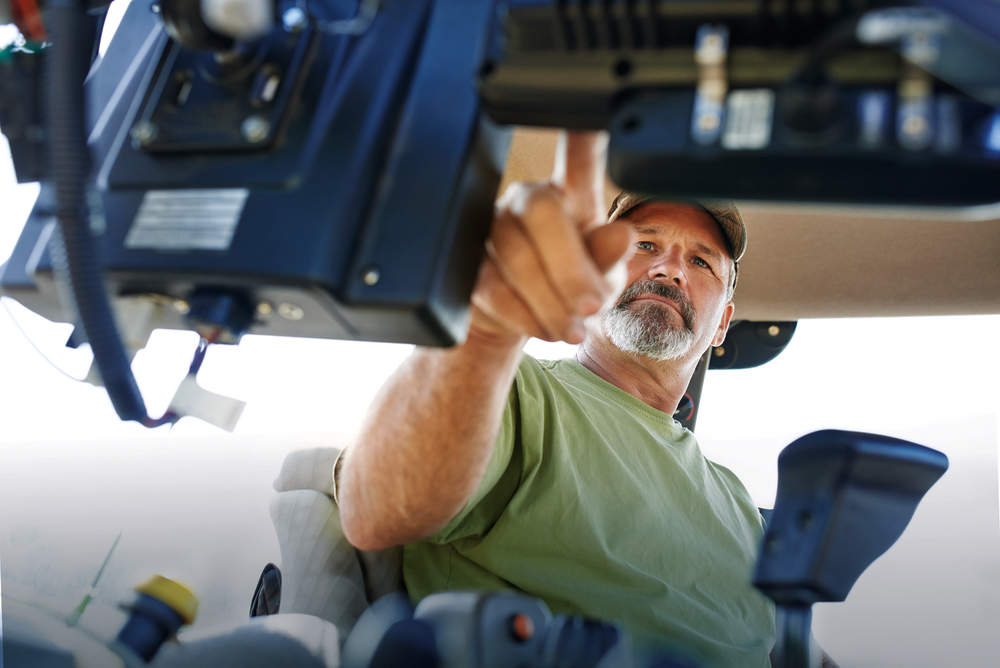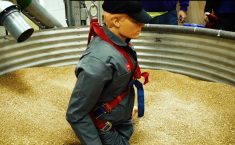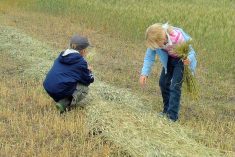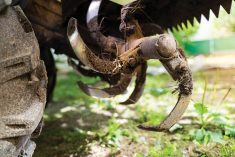There are many farm tasks that require you to work alone, like operating equipment in the field. Working alone can be risky, but there are preventive measures we can take to reduce the risks.
The hazards of working alone are broader than you may think. You could be injured, have a medical emergency, experience a mechanical breakdown, become stuck or other adverse conditions. A major risk of working alone is the delay between an incident happening and help coming.
The No. 1 prevention strategy is to control the hazards associated with the work. The following strategies are key to controlling hazards and reducing the risks associated with working alone:
Read Also

Gentle treatments for pain in the neck
Heading toward year-end, people unknowingly tense up against the cold and busyness, causing neck pain that can often be treated with appropriate support and gentle mobility, athletic therapist Kathlyn Hossack says.
Safe work procedures: Having written safe work procedures for hazardous jobs is essential.
Equipment safety: Use equipment as intended and according to the manufacturer’s specifications. A pre-operational check of all equipment and machinery should be done before operation to check for any hazards.
Equipment and supplies: Make sure anyone working alone has access to appropriate first aid and emergency supplies are provided. Know the location of all emergency and first aid supplies before working alone.
Working-alone plan: When you are working alone in a remote location, like a field, let someone know where you’re going before you go. Establish an agreed-upon check-in time and make a plan to outline what will happen if contact cannot be made.
The following safety tips can prevent working-alone incidents and minimize the damage should an incident occur:
- Don’t work alone without the means to communicate. Use cellphones, pagers or two-way radios.
- Check in regularly while you’re alone in the field.
- Know who will assist you if something goes wrong.
- Leave tough or hazardous tasks to be completed when help is available.
- Incidents can happen during low-risk work also, so you should have a check-in schedule regardless of the type of work you are doing when you are working alone.
Is it safe?
There are certain tasks you should not attempt alone. They include:
- Confined space entry.
- Working at a height.
- Working under vehicles.
- Close work with livestock.
If it’s not going to be safe to work alone, wait until someone can assist, or at least watch. Saving time is never more important than staying safe.
Find a great resource on working along from the Canadian Centre for Occupational Health and Safety. At ccohs.ca, type “working alone” in the search box.















